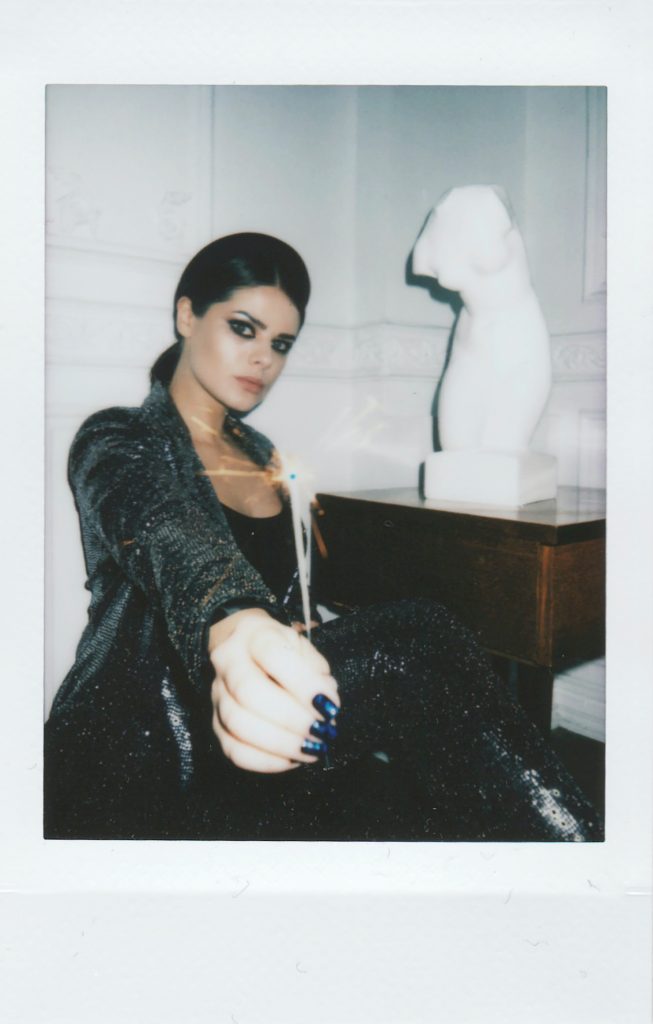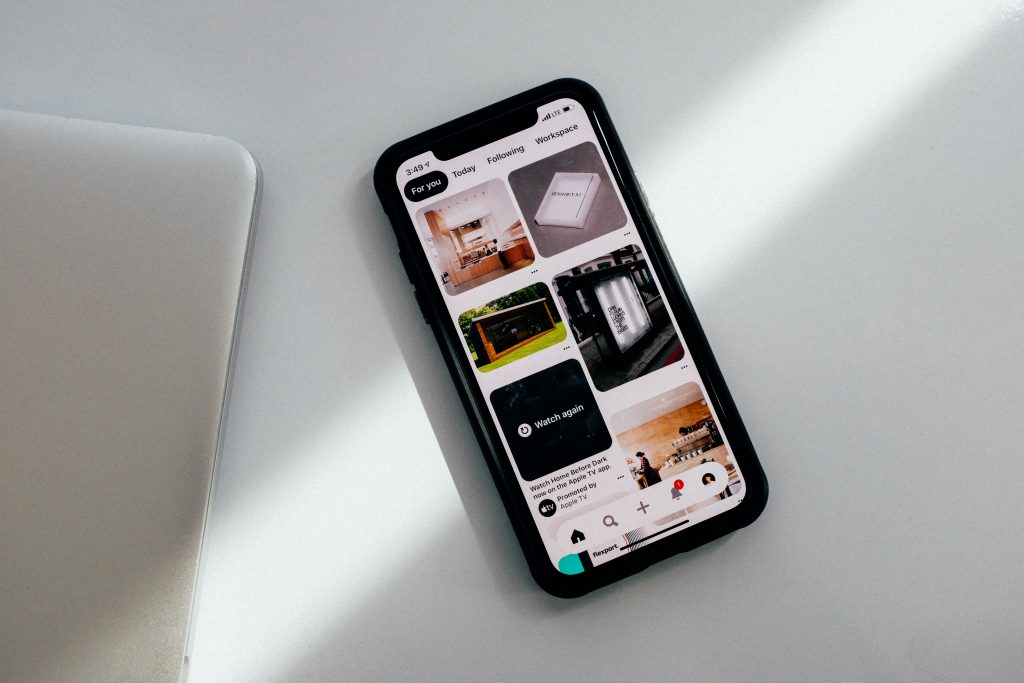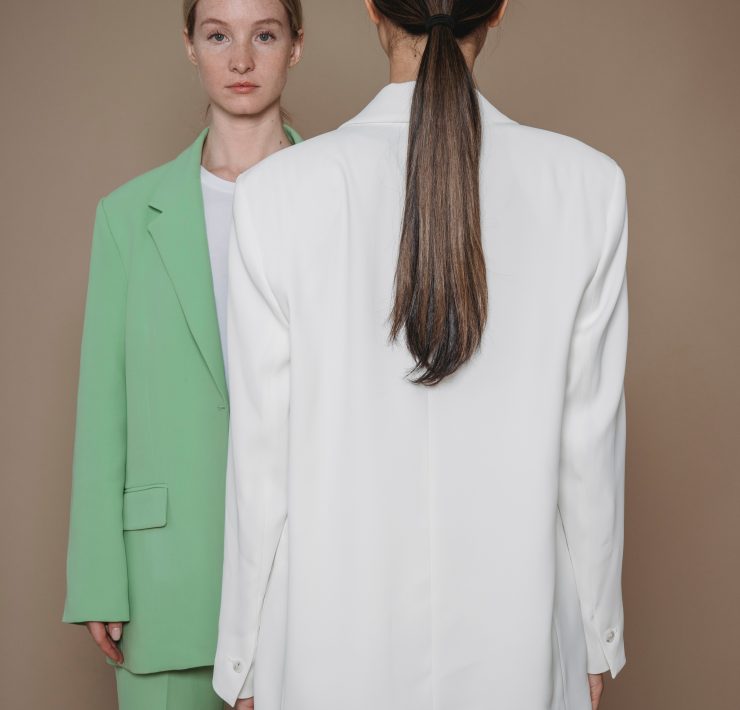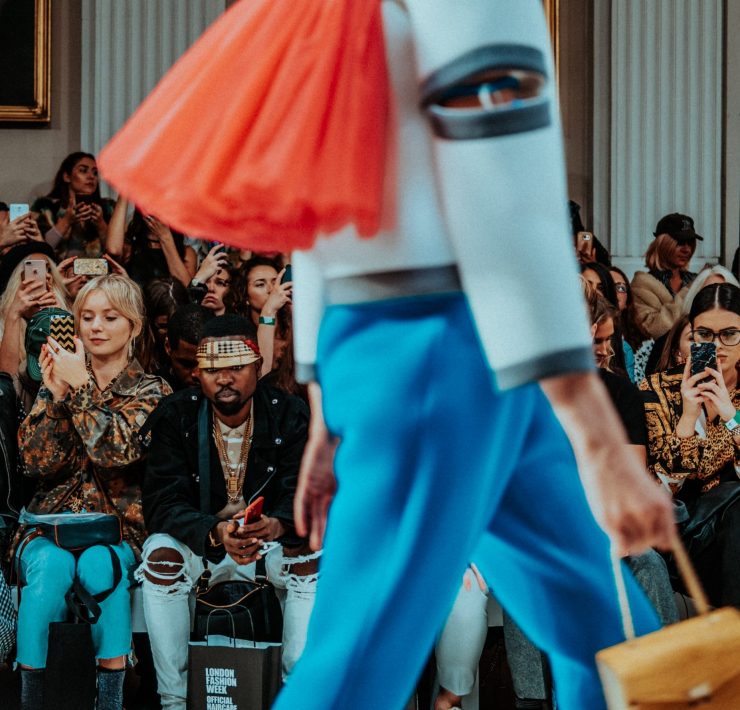Goodbye stressing over what to wear. Hello, ease and comfort.
Have you ever thought to yourself “why don’t I have anything to wear” before going out? Feel pressured to care more about your style than you want? Do you feel like you’re following trend after trend, leaving you with an ever incomplete wardrobe? Me too.
How about an easy, systematic approach to building a useful and satisfying wardrobe that can last for decades? Sound good doesn’t it? Investing some time into learning how will give you dividends and ROI in saved time and energy doing shopping and picking outfits. Now, even if you like those things, they’ll then become easier and more fun after having everything figured out.
To find the clothes that will make you look your best, last you a lifetime, they have to fit three key aspects:
- Your body
- Your lifestyle
- Your taste
When all three criteria are met, you’ll have a wardrobe you’ll love, easily use and fit perfectly.
Your body
The first, most important and most obvious thing to consider is of course size. All clothing pieces are made to fit in a specific way, complimenting a range of bodies that fit into the piece’s range of sizes. You might not fit into this range or find the piece well-fitting, and then this piece is not for you. The easiest way to look good is to buy the right size and fit every time.
Ergo, the key to a good outfit every time is knowing your proportions i.e. how big something looks in comparison to each other. If you’re a slim individual, then a slimmer fit would fit better. Likewise, bigger individual, bigger fit.
The fit of the clothes should fit you but also each other. Wearing chunky shoes with skinny jeans and vice versa will always look off. Likewise, if one has a bigger torso, looser pants will make for a more proportional fit.
When making an outfit, borrow principles of aesthetics from nature. The golden ratio, more known as the rule of thirds in fashion, is used in architecture and design everywhere. It’s really easy to apply to your outfits. Your outfit should always be cut into one-third and two-thirds. This is why the absolute easiest way to upgrade an outfit is to put on a belt and tuck your shirt in. The top is usually cut into the one-third by accentuating the waist, the pants plus shoes the two-thirds, making your legs look longer and you taller. This also applies to colours; pull the attention to the top with a white shirt and elongate your leg with darker pants, socks and shoes. Put on a long coat, and the two-thirds are now on top, keeping the golden ratio. Essentially, just make sure your outfit doesn’t cut you in half or not at all.
The size and the fit of clothes are the most important aspects to consider when building your wardrobe, as everything will look off without it.
One thing that took me a long time to learn was finding the colours which suited me best. When I was younger I bought this burgundy shirt, which I looked so pale in. I didn’t know that one simple trick could tell me why and how to fix it. Looking at your skin undertone can tell you whether you have a warmer or colder undertone, where the idea is then that you’ll balance your undertone with the colours you wear.
I have a colder skin undertone and the relatively warmer burgundy made me look pale. Choosing colder colours meant I would look relatively warmer, balancing out my undertone.
It’s also a good idea to set yourself on a colour of leather and metal. Of course, my colder undertones lean towards black leather and silver, whereas warmer leans towards brown and gold. Of course, mix as you like.
Choosing the same colours and opting for softer colours (less strong and intensive hues) will make it easier to match your clothes and make your outfits more aesthetically pleasing.
To figure out which undertone you have yourself (regardless of skin colour), watch Justine’s great YT video on how.
And if you want to find the best colours for you, Justine has more in-depth videos on exactly this!
- Assess your body type and which fit of clothing fit you best and you feel most comfortable in (I’m slimmer and I go after regular fit, sometimes loose as it’s comfortable).
- Figure out your undertone and which colours fit it the best (I’ve got a colder undertone, so colder colours).
- Choose which shades of those colours you want to go after (I went with mint and sage greens and steel blues, as I love those).
Your lifestyle

Buying clothes that look good on you don’t matter much if you can’t use them in your daily life. So considering what fits your lifestyle is a necessity. This is probably even what you consider most already when buying clothes and probably the thing you need to change the least.
Look at what your work requires, what your hobbies require and what lifestyle (or style) you like and try to find common overlaps. The context of the clothes you wear is obviously important, not thoroughly considering it will make it so much harder.
Becoming a pro minimalist is the ultimate shortcut to an easy wardrobe. Create a list of pieces you absolutely need. Jackets, pants, shirts, skirts, etc. It should be around 30–50 pieces (depending on lifestyle and area) including everything but socks and underwear. Cross off the pieces you already have (and fit your body) and shop for the ones you really need.
- Make a list of clothes which you need for your work, your hobbies and your lifestyle (I need black leather shoes and black suit pants for work, write in comfortable outfits and need sportswear for working out and practical clothes for bicycling in the Danish weather).
- Buy the essential necessities you don’t already have but need.
Your taste
Even after establishing these requirements for which clothes you are going to include in your wardrobe, you, of course, still need to account for your own taste. Since you only need relatively few pieces of clothes in a perfect wardrobe, you can and must be picky with what you buy. If you don’t love what you’re going to wear, then you miss out on a lot of joy. To open your closet and love what you see is such a powerful thing, even if you don’t really care what you wear. Whether it’s the look, comfort or fit of the clothes, what you like is important. When shopping, I always go with the 100% rule.
If it’s not a 100% fuck yeah, then it’s a 100% fuck no.
This rule is not always easy to follow, especially in the beginning where you, like me, haven’t designed your own wardrobe before. But luckily, we all have some pointers to go after. A good idea is to find one or more pieces you already wear again and again and love, figure out why you love it and then build from there.
Personally, I’m leaning more into a fancier style with suit trousers and long coats, which I mix with elements of workwear when needing a more practical outfit. When keeping my workwear pieces simple, it all fits together nicely. These styles also somewhat fit into my lifestyle, which makes everything much easier.
Pinterest is an amazing resource for finding the types of clothes you like. Search for different styles, look for the ones you like and finally make them aboard, then think about why you like it and if it could fit in your style. Lots of styles look cool, especially on Pinterest, so be picky!

When picturing your ideal style, be self-critical. Ask yourself “why do I love this?” Did I see James Bond in the cinema last week and get obsessed with the henley shirt, or does it actually fit into my personal life and style? This is especially important when looking at pieces that are or just have been trending, as we all get influenced by what we’re “supposed to wear”.
It’s hard to kill your darlings, but harder to keep them all.
- Find one or two styles you like and kill the rest of your darlings (I wear fancier clothes like suit pants mixed with workwear like the Carhartt Detroit jacket).
We all like colours, styles and fits that might not fit our body, lifestyle or favourite taste, but to make it easy for yourself — kill your darlings and be strict with yourself to get the best result!
Making these considerations and limitations helped me find my perfect wardrobe and saved me time and energy. I took my body, my lifestyle and my taste into consideration and finally stopped buying clothes that I couldn’t make look good for the life of me. Being mindful, critical and informed about what you allow into your wardrobe will make it so much easier for you in the long run!
Remember to take my advice with a grain of salt, and while I believe the whole guide is applicable for everyone, then take what you find relevant and in the end, wear whatever you like.
PS: BONUS — if you want a few tips for what to look for when shopping.
When possible, shop like the rich. No wonder Samuel Wise used boots as an example for his theory of socioeconomic unfairness. Quality pieces last longer, feel and look better. One character of many quality pieces is that they’re made of one material only. Jeans, shirts and t-shirts are 100% cotton, suits 100% wool or linen, boots 100% leather and so on.
Natural fibers are in most cases the best alternative and recommended when choosing most clothes such as knits, shirts and trousers. Activewear and weatherproof gear are usually the exceptions, where synthetic fibres can have some advantages. Always check the label and determine whether the material(s) are optimal for that piece of clothing and if it is what you are looking for. I almost never recommend mixes of materials, as it is usually a way to accomplish cheaper production and terribly environmentally unsustainable.
Buying quality clothing will make your wardrobe last longer and be interesting for longer, as quality clothes ages more beautifully, get patina and shows the story of how you’ve used it. Quality clothes are aesthetically sustainable and will last you a lifetime — as you deserve.













